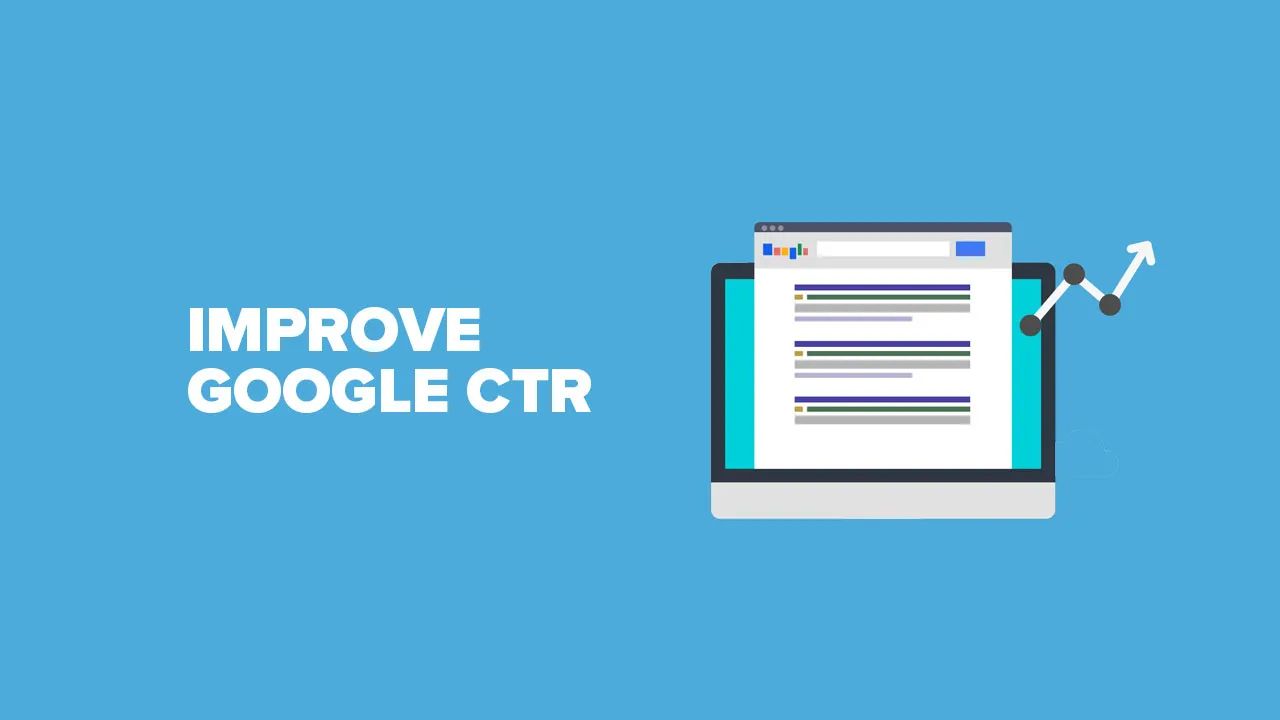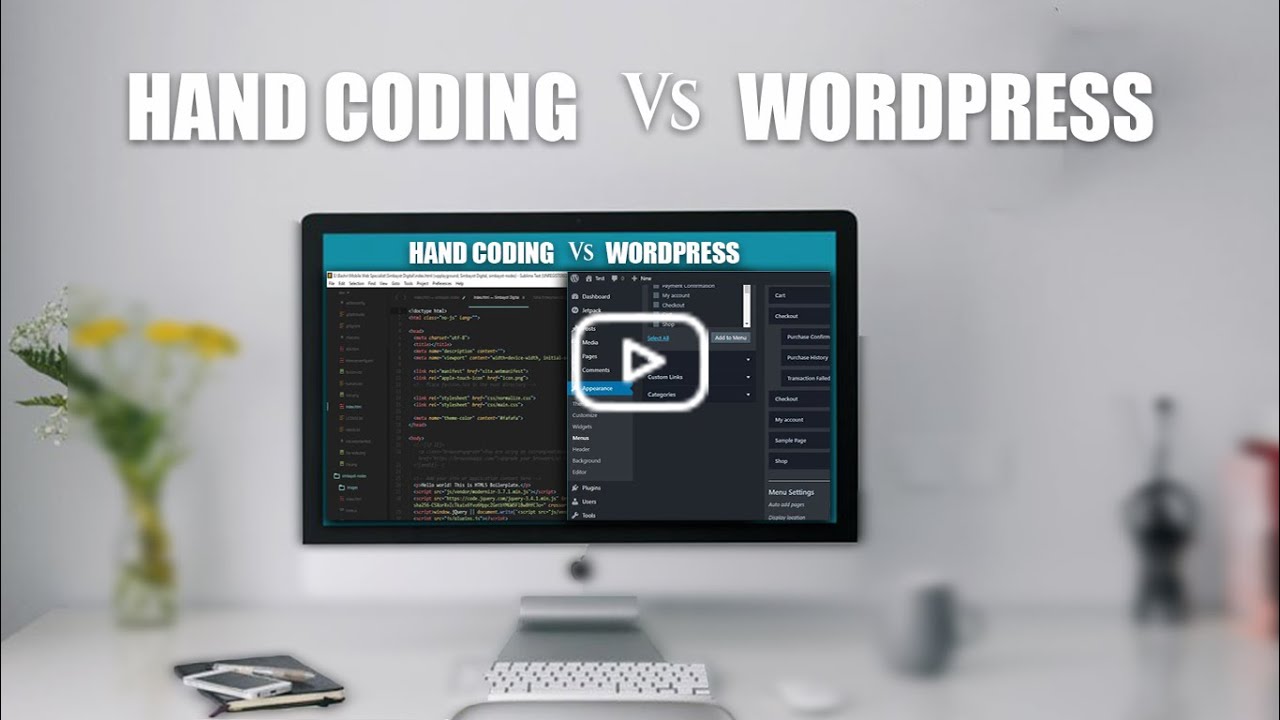
How to Maximize Google SERP Click-Through Rates
Mastering SERP Click-Through Rates (CTR)
What Are SERP Click-Through Rates?
SERP CTR measures the percentage of users who click on your site from search results. It reflects how compelling your search listing is based on title tags, meta descriptions and positioning.
Importance of CTR
A higher CTR means more organic traffic, increased brand awareness and better potential for conversions.
Writing Effective Title Tags
- Align with Search Intent: Make sure your title matches what users are looking for.
- Use Keywords Naturally: Integrate target keywords without stuffing.
- Be Engaging: Use compelling language and adjectives.
- Stay Concise: Aim for 50-60 characters to avoid truncation.
Crafting Compelling Meta Descriptions
- Match Search Intent: Clearly address user needs and queries.
- Include Keywords: Use target keywords naturally.
- Highlight Benefits: Focus on unique selling points.
- Optimal Length: Keep between 120-160 characters.
Monitoring and Optimization
- Identify Weak Pages: Use Google Search Console to find pages with high impressions but low CTR.
- Analyze Metrics: Look at average position, CTR and impressions.
- A/B Test: Experiment with different title and meta description variations.
- Monitor Competitors: Differentiate your listings from competitors.
- Use Rich Snippets: Implement structured data to enhance listings.
By optimizing your title tags, meta descriptions and continuously monitoring performance, you can boost your SERP CTR and attract more targeted traffic to your site.

